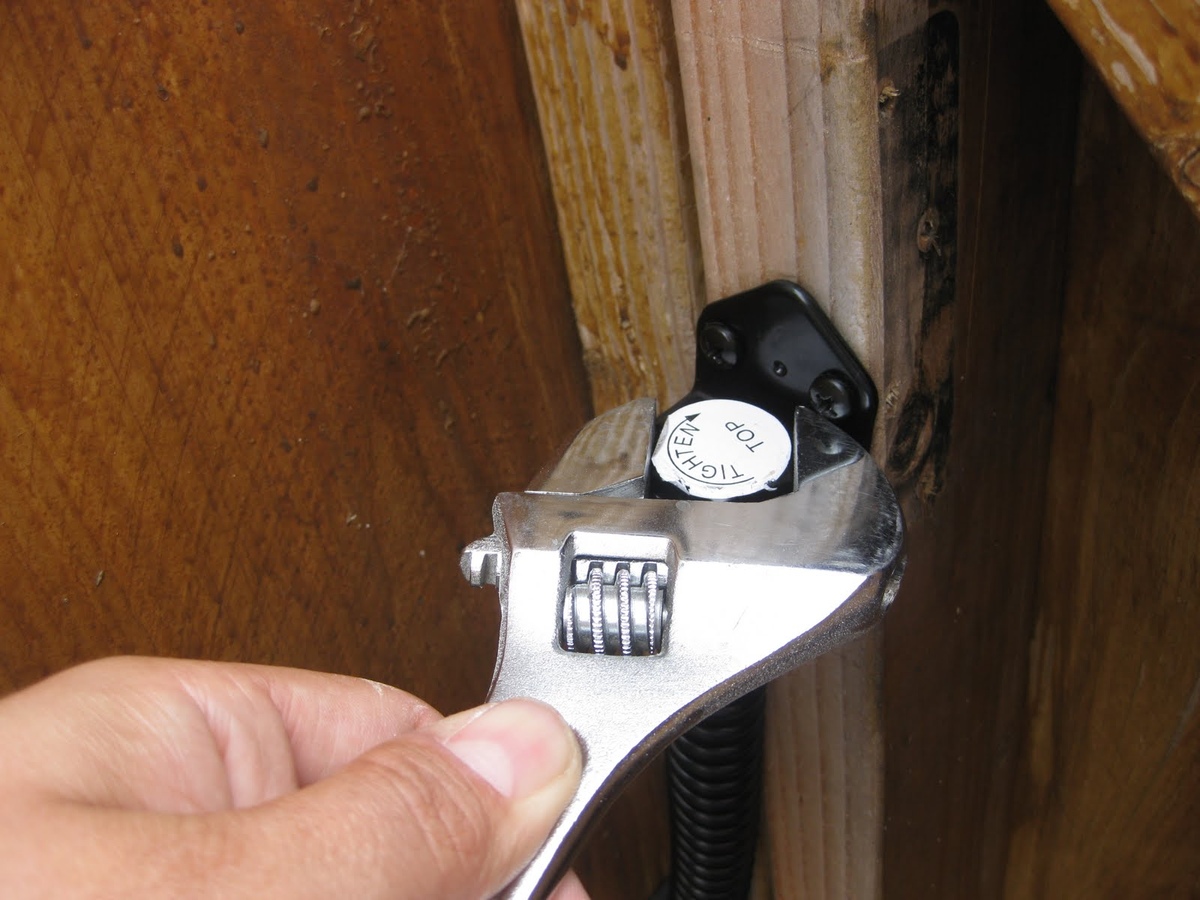

Articles
How To Adjust Spring Tension On Garage Door
Modified: December 7, 2023
Learn how to adjust the spring tension on your garage door with our informative articles. Take control of your garage door's performance and safety.
(Many of the links in this article redirect to a specific reviewed product. Your purchase of these products through affiliate links helps to generate commission for Storables.com, at no extra cost. Learn more)
Introduction
When it comes to maintaining the functionality and safety of your garage door, one crucial aspect that often goes overlooked is adjusting the spring tension. The spring system plays a vital role in lifting and lowering the heavy door, making it easier for you to open and close. However, over time, the spring tension can become imbalanced, causing the door to malfunction, become difficult to operate, or even pose a safety hazard.
By understanding the importance of adjusting spring tension on your garage door, you can ensure its smooth operation, prolong its lifespan, and, most importantly, keep yourself and your loved ones safe. In this article, we will discuss the significance of maintaining proper spring tension and provide step-by-step instructions on how to adjust it.
Let’s dive into the vital details of spring tension adjustment and discover how it can contribute to the overall performance and safety of your garage door.
Key Takeaways:
- Properly adjusting spring tension on your garage door ensures smooth operation, prolongs its lifespan, and reduces the risk of accidents and injuries, prioritizing safety and maintenance.
- Identifying the type of spring system in your garage door and following the correct adjustment steps for extension or torsion springs is crucial for safe and effective maintenance.
Read more: How To Tension A Garage Door Spring
Safety Precautions
Adjusting spring tension on a garage door can be a potentially hazardous task if not approached with caution. Spring systems are under a significant amount of tension, and improper handling can lead to serious injuries. Therefore, it is essential to take the necessary safety precautions before attempting any adjustments. Here are some important safety tips to keep in mind:
- 1. Wear Protective Gear: Before starting the adjustment process, make sure to wear safety glasses, gloves, and sturdy footwear to protect yourself from any potential flying debris or accidents.
- 2. Disconnect Power: To prevent the door from accidentally opening or closing during the adjustment process, disconnect power to the garage door opener. This will ensure that the door remains stationary while you work on adjusting the spring tension.
- 3. Use Proper Tools: It is crucial to use the correct tools for adjusting spring tension. This may include winding bars, pliers, a socket wrench, or other specialized tools recommended by the manufacturer. Using improper tools can cause damage to the springs or result in personal injury.
- 4. Understand the Risks: Take the time to educate yourself about the potential risks associated with adjusting spring tension. The high tension in the springs can cause them to snap or release abruptly, which can result in severe injuries. Always exercise caution and be mindful of your surroundings.
- 5. Seek Professional Help if Unsure: If you are uncertain about adjusting the spring tension or feel uncomfortable with the task, it is always best to seek professional assistance. Garage door technicians have the expertise and experience to handle spring adjustments safely and effectively.
By following these safety precautions, you can minimize the risk of accidents and ensure a safer environment while adjusting the spring tension on your garage door. Remember, your safety should always be the top priority when undertaking any maintenance or repair tasks.
Tools and Equipment Needed
Before diving into the process of adjusting spring tension on your garage door, it’s important to gather the necessary tools and equipment. Having the right tools on hand will make the adjustment process more efficient and ensure that you can perform the task correctly. Here are the essential tools and equipment you will need:
- 1. Winding Bars: Winding bars are used to safely apply torque to the torsion spring system. These bars typically have a hexagonal or round shape and are inserted into the winding cone of the spring.
- 2. Pliers: Pliers are handy for adjusting and tightening the tension on extension springs. They are used to grip and manipulate the S-hook or cable attached to the spring.
- 3. Socket Wrench: A socket wrench is used to loosen or tighten the nuts and bolts that hold the spring system in place. This tool allows for easy and precise adjustment of torsion springs.
- 4. Safety Glasses: It is crucial to wear safety glasses to protect your eyes from any potential debris or springs that may release unexpectedly during the adjustment process.
- 5. Gloves: Good quality work gloves provide protection to your hands and help maintain a firm grip on tools while adjusting the spring tension. They also reduce the risk of cuts or abrasions.
- 6. Ladder: Depending on the height of your garage door, you may need a ladder to access the spring system safely. Ensure that the ladder is sturdy and placed on a level surface.
It’s important to note that the specific tools required may vary depending on the type of spring system in your garage door. Always refer to the manufacturer’s guidelines or consult a professional if you have any doubts about the tools needed for a safe and successful spring tension adjustment.
Having these tools readily available will enable you to proceed with confidence and carry out the spring tension adjustment effectively. Remember to use the tools correctly and exercise caution throughout the process to avoid accidents or damage to your garage door.
Identifying the Type of Spring System
Before you can begin adjusting the spring tension on your garage door, it is crucial to determine the type of spring system installed. Garage doors commonly use either extension springs or torsion springs. Understanding the differences between these two systems is essential for proper adjustment. Here is a guide to help you identify the type of spring system in your garage door:
- Extension Spring System: Extension spring systems are typically found in older garage door models. These systems use two parallel springs mounted on either side of the door tracks, stretching and contracting to facilitate the door’s opening and closing. Here’s how you can identify if your garage door has an extension spring system:
- Look for two long springs running parallel to the horizontal tracks on both sides of the garage door.
- Extension springs are typically mounted above the horizontal tracks and connected to cables that are attached to the bottom corners of the door.
- Torsion Spring System: Torsion spring systems are more commonly used in modern garage doors. These systems utilize a single, tightly wound spring mounted horizontally above the door opening. The spring unwinds and winds up to create the necessary force for lifting and lowering the door. To determine if your garage door has a torsion spring system, follow these steps:
- Look for a long, sturdy spring mounted above the garage door, parallel to the ceiling.
- Torsion springs may be visible directly above the door or housed within a metal tube called a torsion shaft.
By identifying the specific type of spring system in your garage door, you can proceed with the appropriate adjustment techniques. Extension springs require a different approach than torsion springs, so accurately determining the type of system is crucial for a successful spring tension adjustment.
If you are unsure about the type of spring system in your garage door or need assistance in identifying it, it is advisable to consult a professional garage door technician. They have the expertise and knowledge to accurately determine the spring system and provide the necessary guidance for adjusting the spring tension.
Use a winding bar to slowly adjust the tension on the torsion spring. Turn the bar in small increments and test the door balance frequently. Always be cautious and consider hiring a professional if you’re unsure.
Adjusting Extension Spring Tension
If your garage door is equipped with an extension spring system, adjusting the tension requires a different set of steps compared to torsion springs. Here is a step-by-step guide on how to adjust the tension of extension springs:
- 1. Loosening or Tightening the Cable Tension: Start by detaching the safety cables from the S-hooks attached to the track hangers. This will allow you to manually adjust the tension. To increase the tension, pull the cables or springs tighter. To decrease the tension, loosen the cables by releasing some of the tension.
- 2. Adjusting the Position of the S-Hook: The S-hooks connect the extension springs to the brackets on the horizontal track. To adjust the spring tension, move the S-hooks up or down along the holes provided in the brackets. Moving the hooks to a hole higher up will increase the tension, while moving them to a lower hole will decrease the tension.
- 3. Testing and Verifying the Spring Tension Adjustment: After making the necessary adjustments, it’s important to test the tension of the extension springs to ensure they are balanced and functioning properly. Manually raise and lower the garage door a few times to test its operation. Pay attention to any changes in effort required to open or close the door. If the door feels too heavy or too light, make further adjustments to the cable tension or S-hook position accordingly.
Remember to make small, incremental adjustments and test the door’s operation after each adjustment. It may take a few trial-and-error attempts to achieve the desired spring tension. If you encounter any difficulties or are unsure about the adjustments, consider contacting a professional garage door technician to ensure the task is done correctly and safely.
Read more: How To Adjust A Garage Door
Adjusting Torsion Spring Tension
If your garage door is equipped with a torsion spring system, adjusting the tension requires a different approach. It is important to follow the correct steps to ensure safe and effective adjustment. Here is a step-by-step guide on how to adjust the tension of torsion springs:
- 1. Releasing the Tension from the Torsion Spring: Before making any adjustments, it is crucial to release the tension from the torsion spring. This is done by placing winding bars into the winding cone on the spring and slowly unwinding it until the cables become slack. Make sure to follow the specific instructions provided by the manufacturer to release the tension safely.
- 2. Tightening or Loosening the Torsion Spring: Once the tension has been released, you can adjust the torsion spring by tightening or loosening it. To increase the tension, use the winding bars to rotate the spring in the direction specified by the manufacturer. Typically, this involves winding the spring in a clockwise direction. To decrease the tension, rotate the spring in the opposite direction.
- 3. Testing and Verifying the Spring Tension Adjustment: After making the necessary adjustments, it’s vital to test the spring tension by manually raising and lowering the garage door. Pay attention to the effort required to open and close the door, as well as its balance. Ideally, the door should stay in place when partially opened and remain stable in any position it is left in.
It is important to note that adjusting torsion spring tension can be a complex task that requires precision and caution. It is recommended to consult the manufacturer’s guidelines or seek professional assistance if you are uncertain or uncomfortable with the adjustment process. Garage door technicians have the expertise and experience to handle torsion spring adjustments safely and effectively.
Always prioritize your safety when working with torsion springs. They are under high tension and can cause serious injuries if mishandled. If you are unsure about the adjustment process or encounter any difficulties, it is best to leave it to the professionals to ensure the job is done safely and correctly.
Common Issues and Troubleshooting
While adjusting the spring tension on your garage door, you may encounter some common issues that can affect the proper functioning of the door. It’s important to be aware of these issues and know how to troubleshoot them effectively. Here are some common problems that may arise during the adjustment process, along with troubleshooting tips and solutions:
- Issue: Uneven or Imbalanced Door: If your garage door is not opening or closing evenly, it may be a sign of imbalanced spring tension.
- Troubleshooting: Check the tension of each spring to ensure they are balanced. Increase or decrease the tension on the spring that is causing the imbalance until the door operates smoothly.
- Issue: Noisy or Jerky Movement: A garage door that makes excessive noise or moves jerkily during operation can be indicative of an issue with the spring tension.
- Troubleshooting: Verify that the spring tension is adjusted correctly. Lubricate all moving parts, including rollers, hinges, and tracks, to ensure smooth operation. If the problem persists, consider contacting a professional to diagnose and fix the issue.
- Issue: Door Falls or Closes Too Quickly: If your garage door drops suddenly or closes too quickly when you release it, it signifies excessive tension in the springs.
- Troubleshooting: Reduce the tension on the springs gradually by unwinding or adjusting them in the appropriate direction. Test the door’s operation after each adjustment to ensure the desired balance and speed are achieved.
- Issue: Door Feels Heavy or Difficult to Open: Difficulty in manually opening the garage door or it feels excessively heavy may indicate insufficient spring tension.
- Troubleshooting: Increase the tension on the springs by tightening or adjusting them in the specified direction. Test the door after each adjustment to achieve the desired ease of operation.
If you encounter any other issues or difficulties during the adjustment process, it is best to consult the manufacturer’s guidelines or seek guidance from a professional garage door technician. They have the expertise to diagnose and resolve complex spring tension issues, ensuring the proper operation and safety of your garage door.
Remember, if you are unsure about any aspect of adjusting the spring tension or if the troubleshooting tips do not resolve the problem, it is always wise to seek professional assistance to avoid potential hazards and ensure the optimal performance of your garage door.
Conclusion
Properly adjusting the spring tension on your garage door is of utmost importance for its optimal performance and longevity. Whether you have an extension spring system or a torsion spring system, maintaining the correct tension ensures smooth operation and reduces the risk of malfunctions or accidents. Here is a summary of the key points discussed in this article:
Adjusting spring tension on a garage door:
- Helps ensure smooth and balanced operation
- Prolongs the lifespan of the garage door
- Reduces the risk of accidents and injuries
Throughout the adjustment process, it is crucial to prioritize safety by following these guidelines:
- Wear appropriate protective gear
- Disconnect power to the garage door opener
- Use the correct tools for the job
- Understand the risks involved and exercise caution
- Seek professional help if unsure or uncomfortable with the task
Remember that identifying the type of spring system in your garage door – whether it’s an extension spring system or a torsion spring system – is the first step in making accurate adjustments. For extension springs, you’ll need to adjust cable tension and the position of the S-hooks, while for torsion springs, you’ll release tension before making adjustments.
Finally, if you encounter any issues during the adjustment process or if you are unsure about any aspect, it is always best to consult the manufacturer’s guidelines or seek the assistance of a professional garage door technician. They have the expertise and experience to ensure the proper adjustment of spring tension and maintain the safety and functionality of your garage door.
By paying attention to spring tension adjustment and practicing regular maintenance, you can ensure the reliability, durability, and safety of your garage door for years to come.
Frequently Asked Questions about How To Adjust Spring Tension On Garage Door
Was this page helpful?
At Storables.com, we guarantee accurate and reliable information. Our content, validated by Expert Board Contributors, is crafted following stringent Editorial Policies. We're committed to providing you with well-researched, expert-backed insights for all your informational needs.
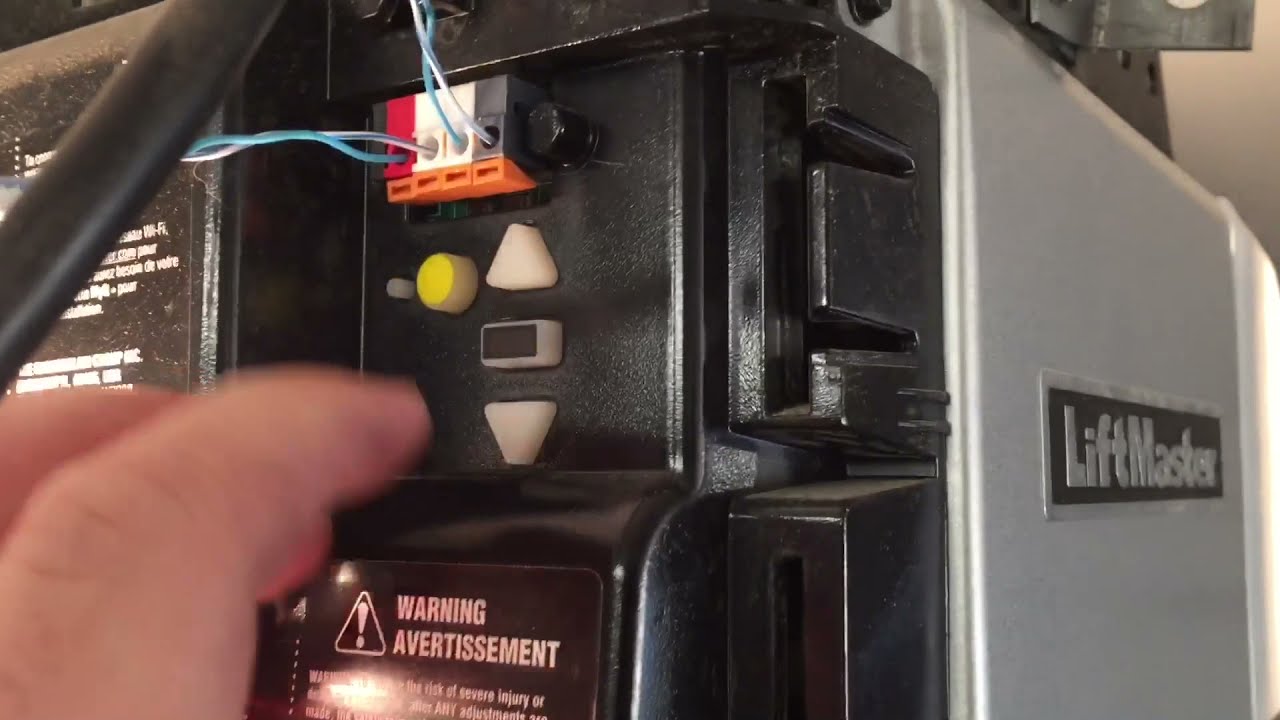
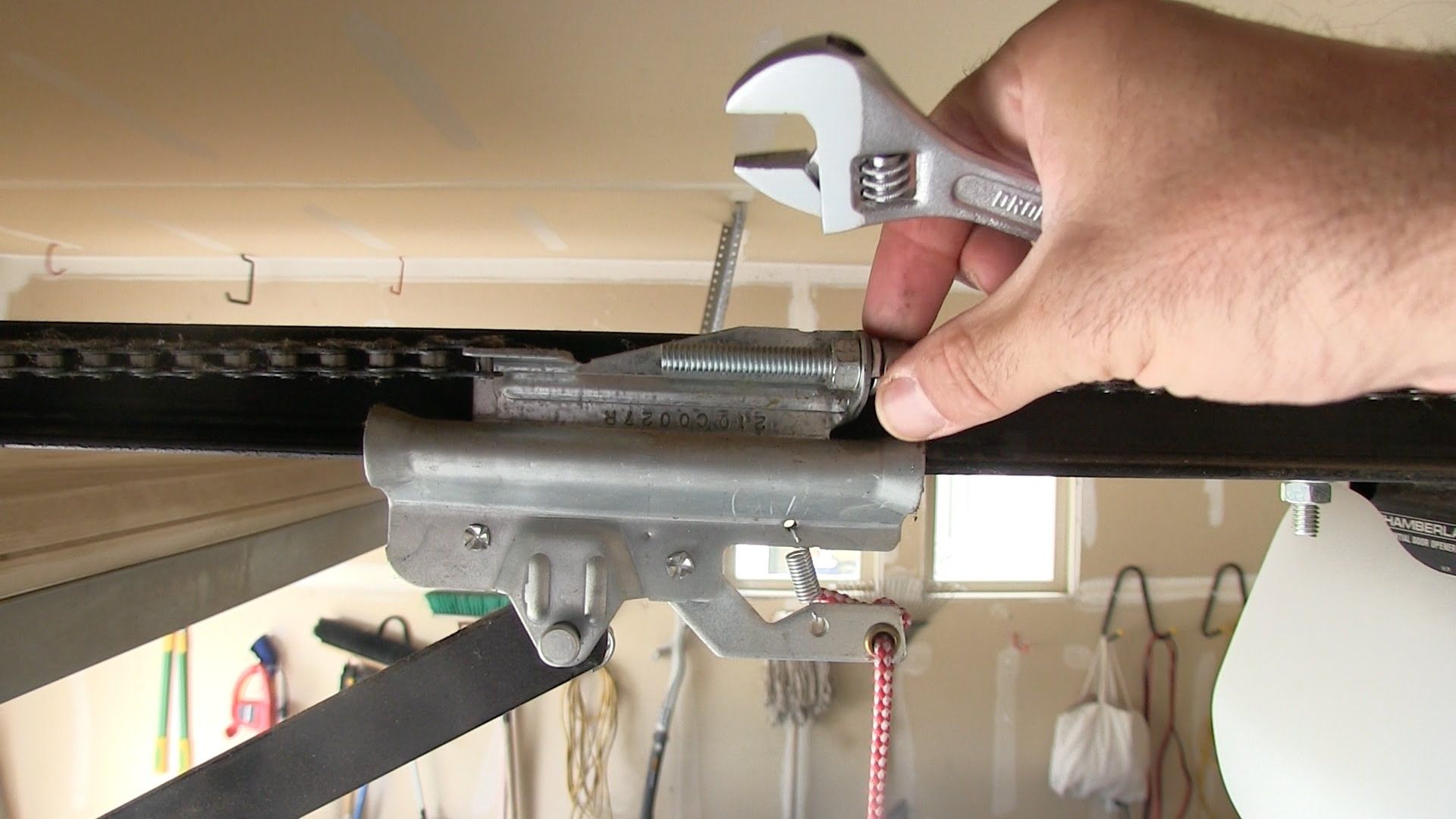
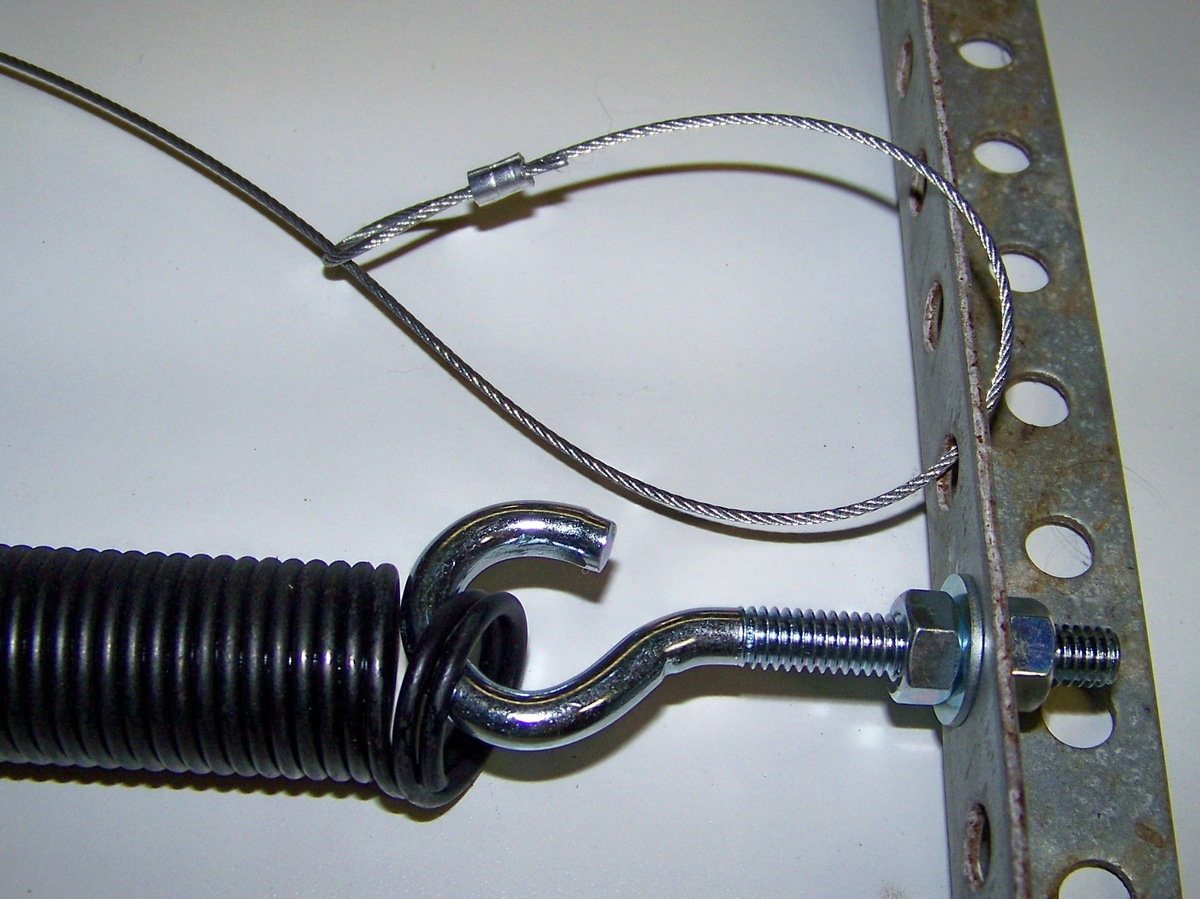
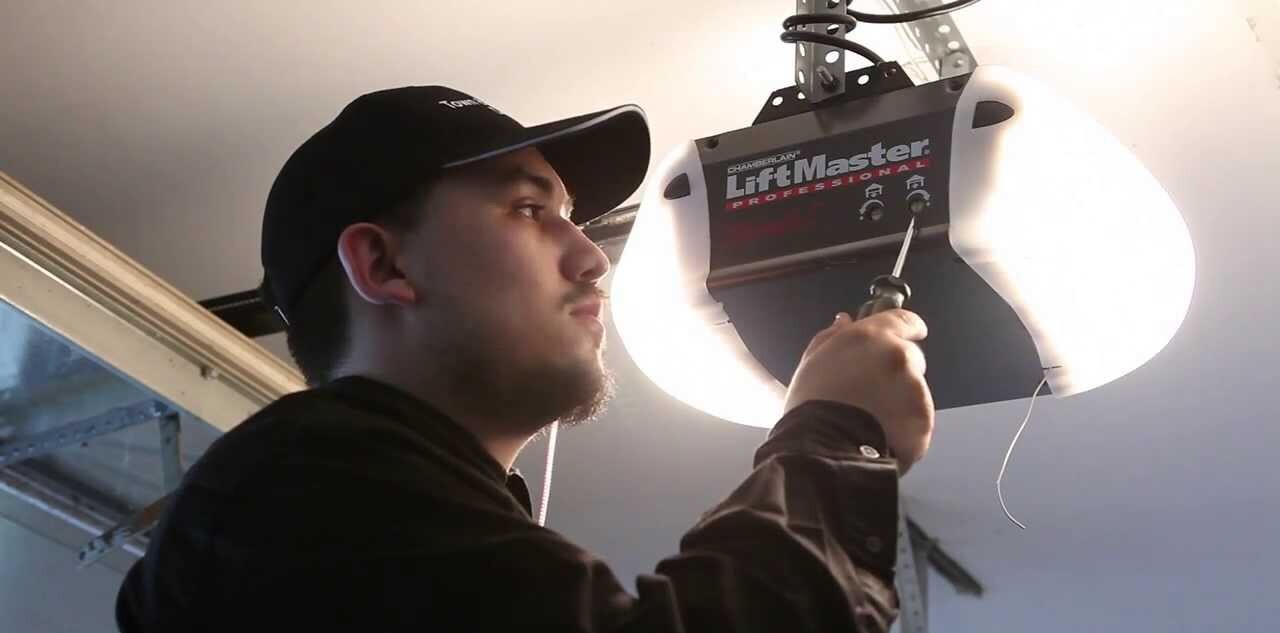
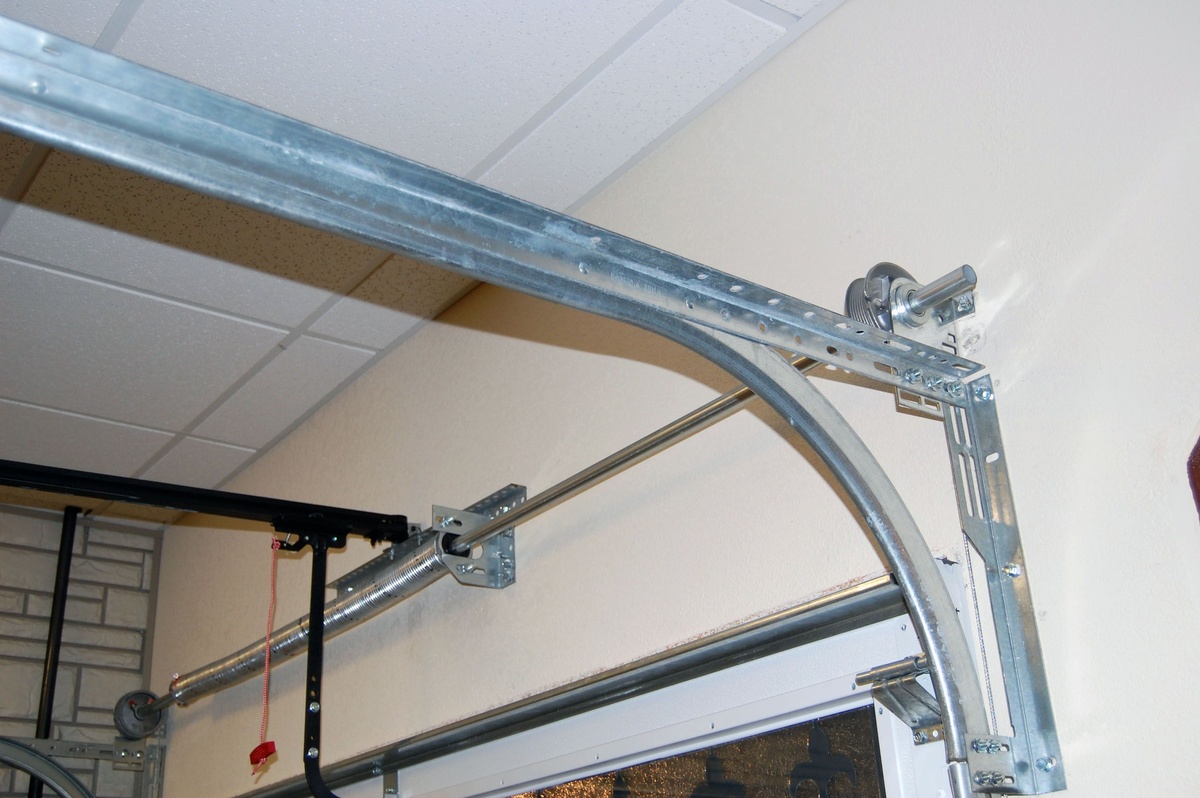
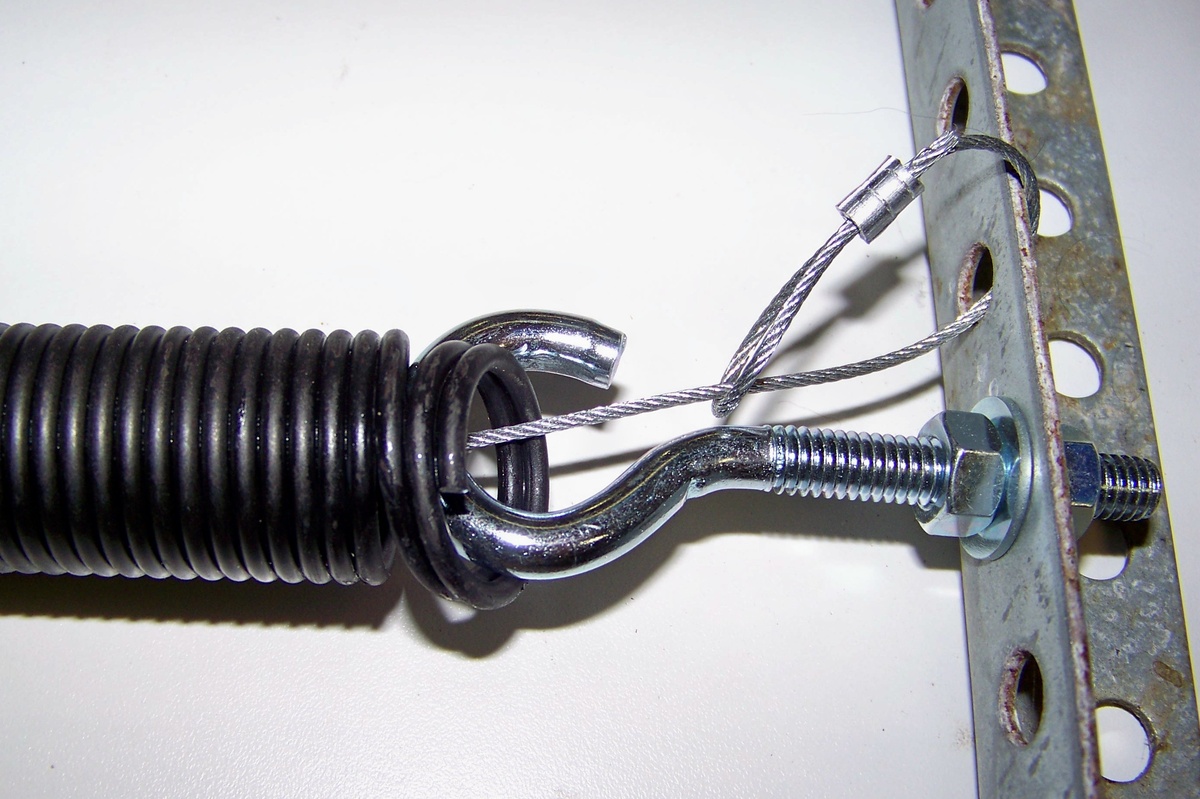
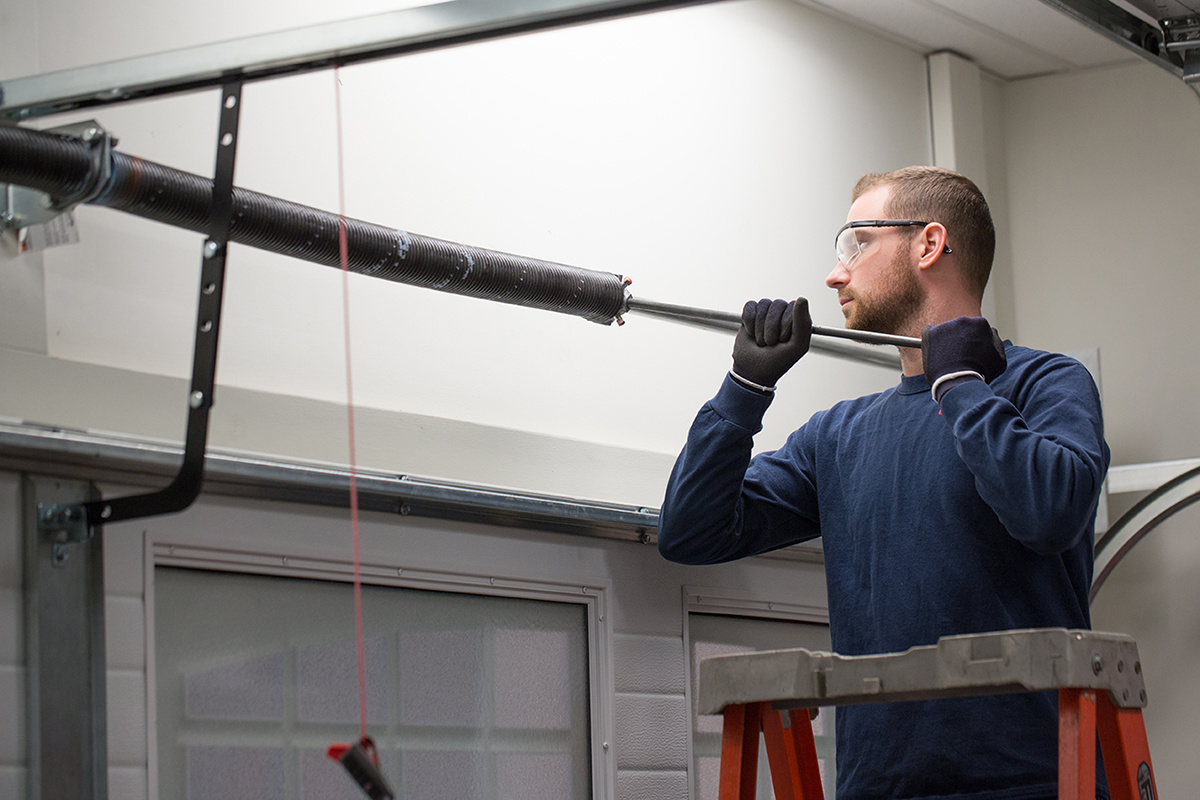
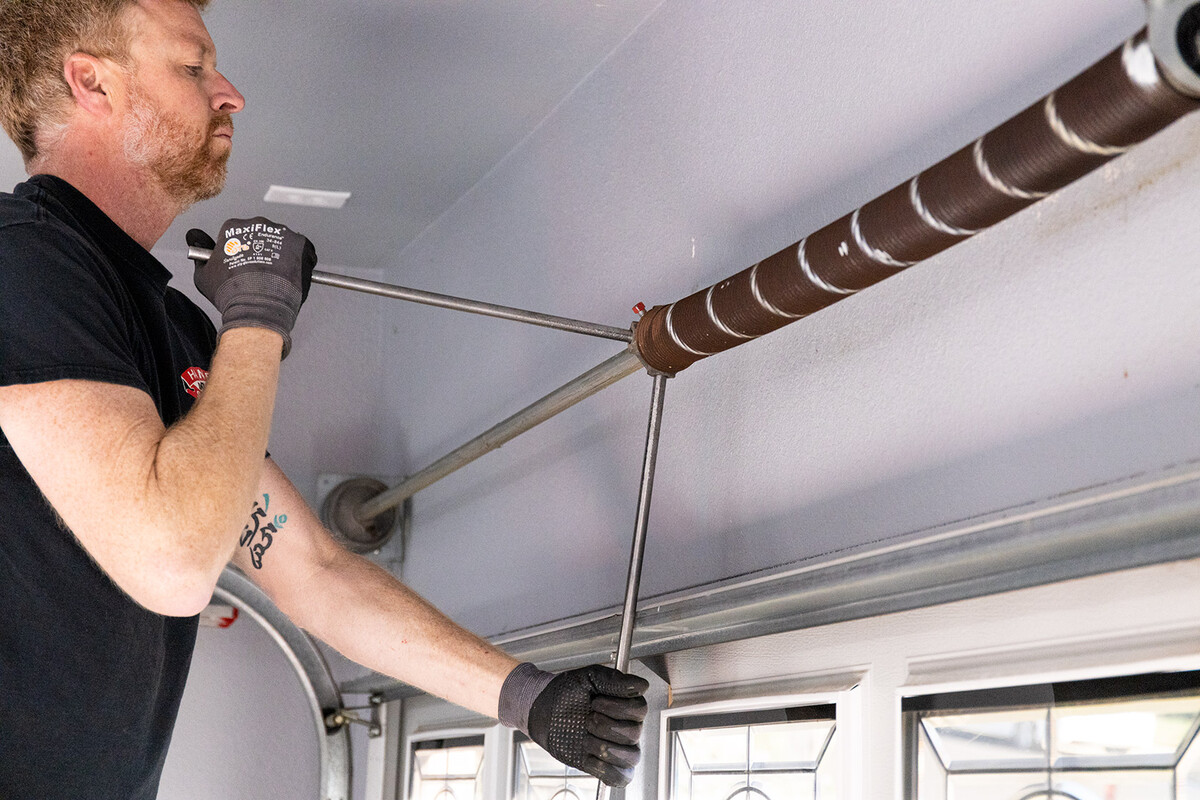
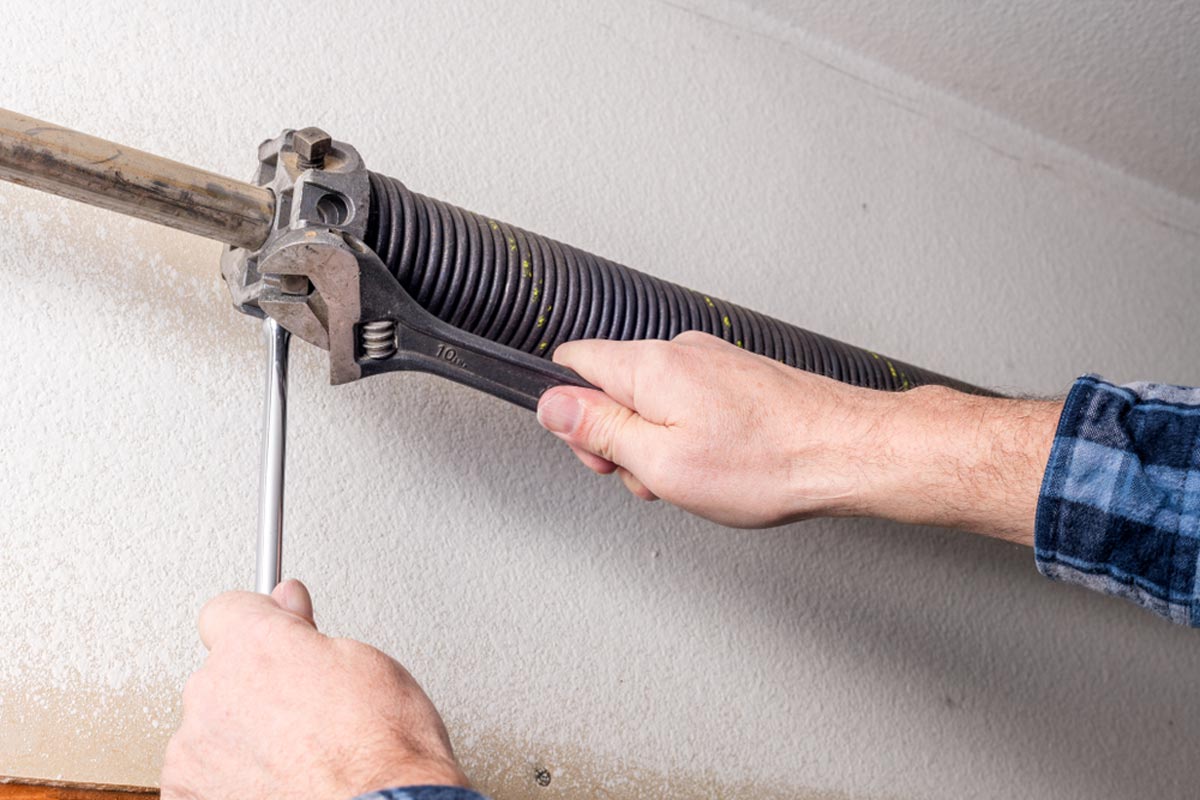
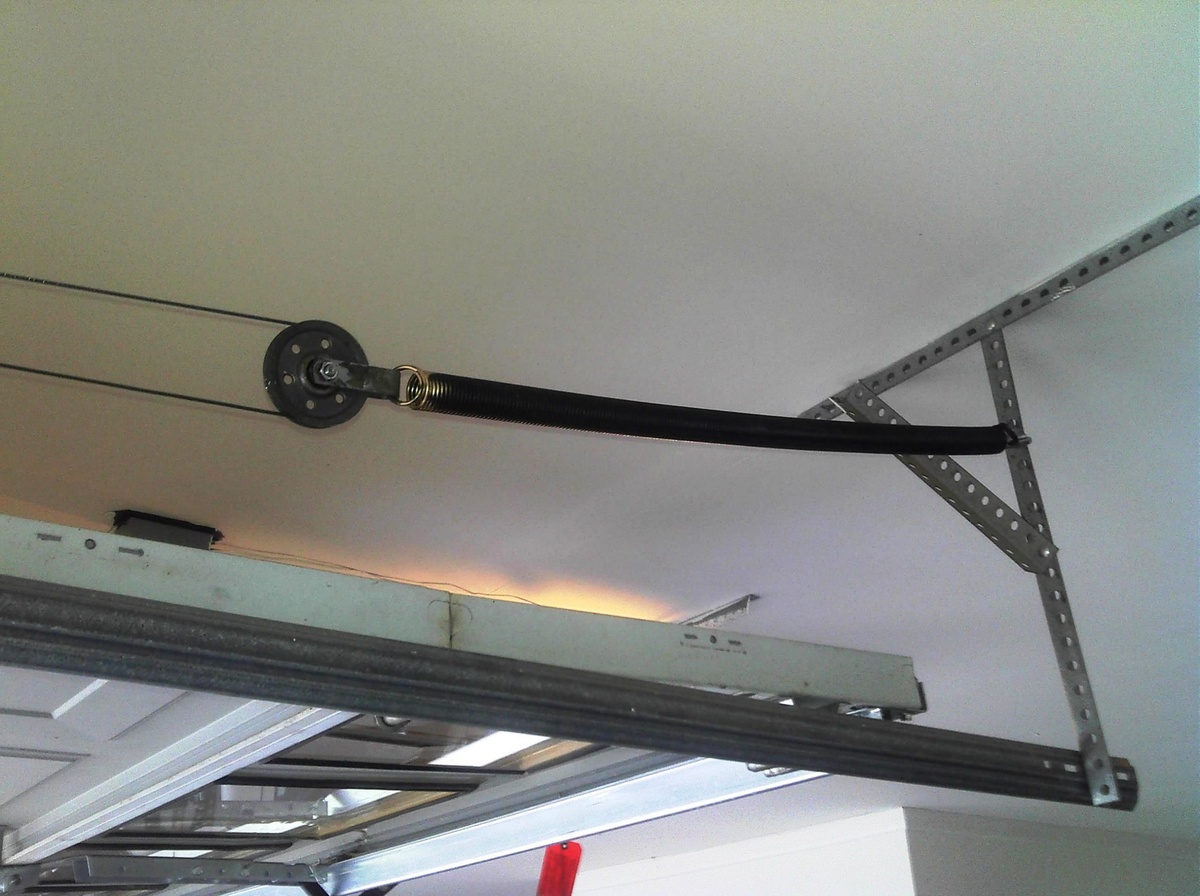
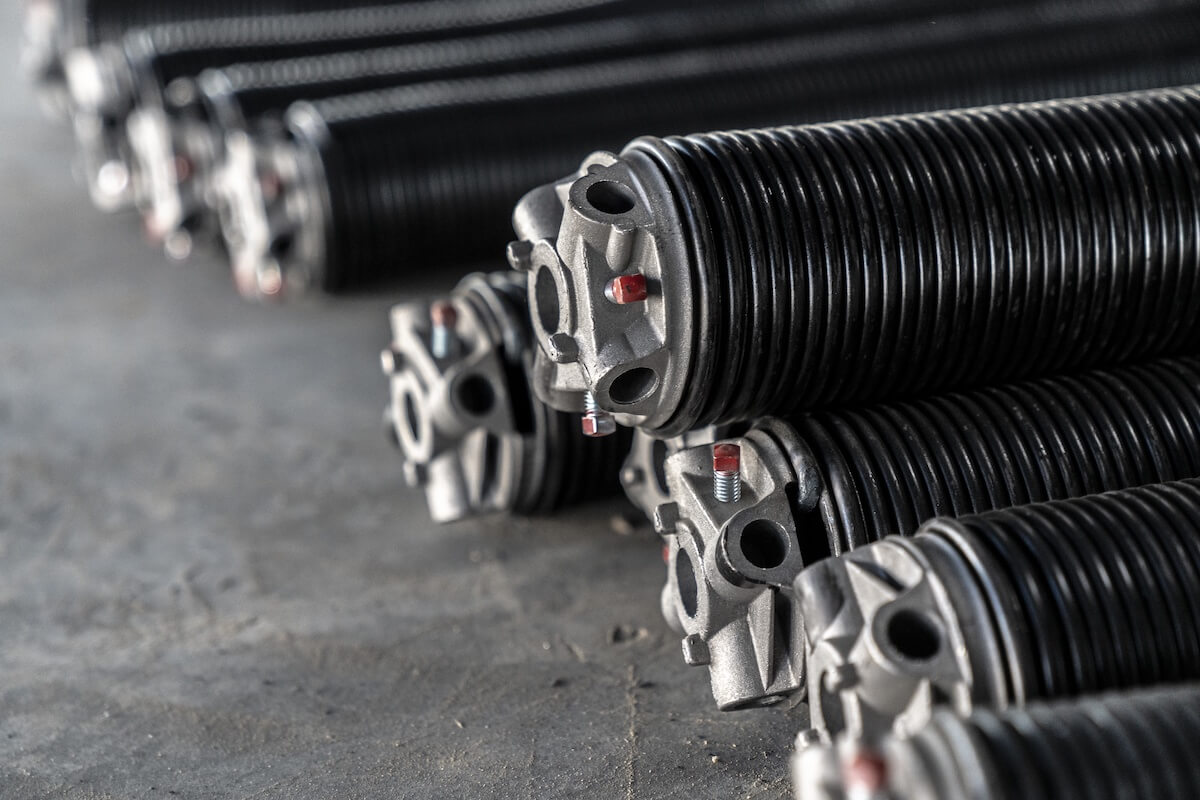
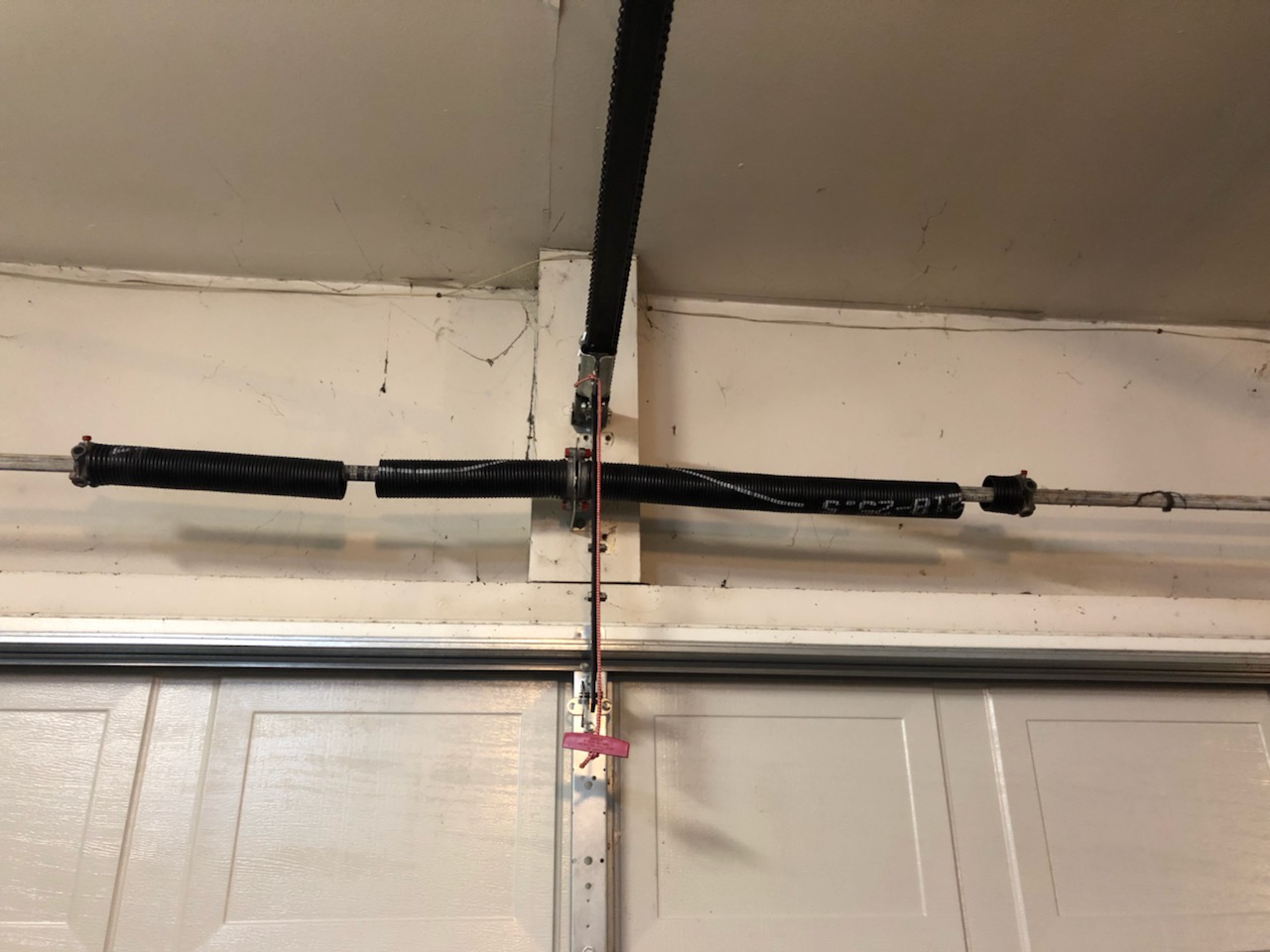
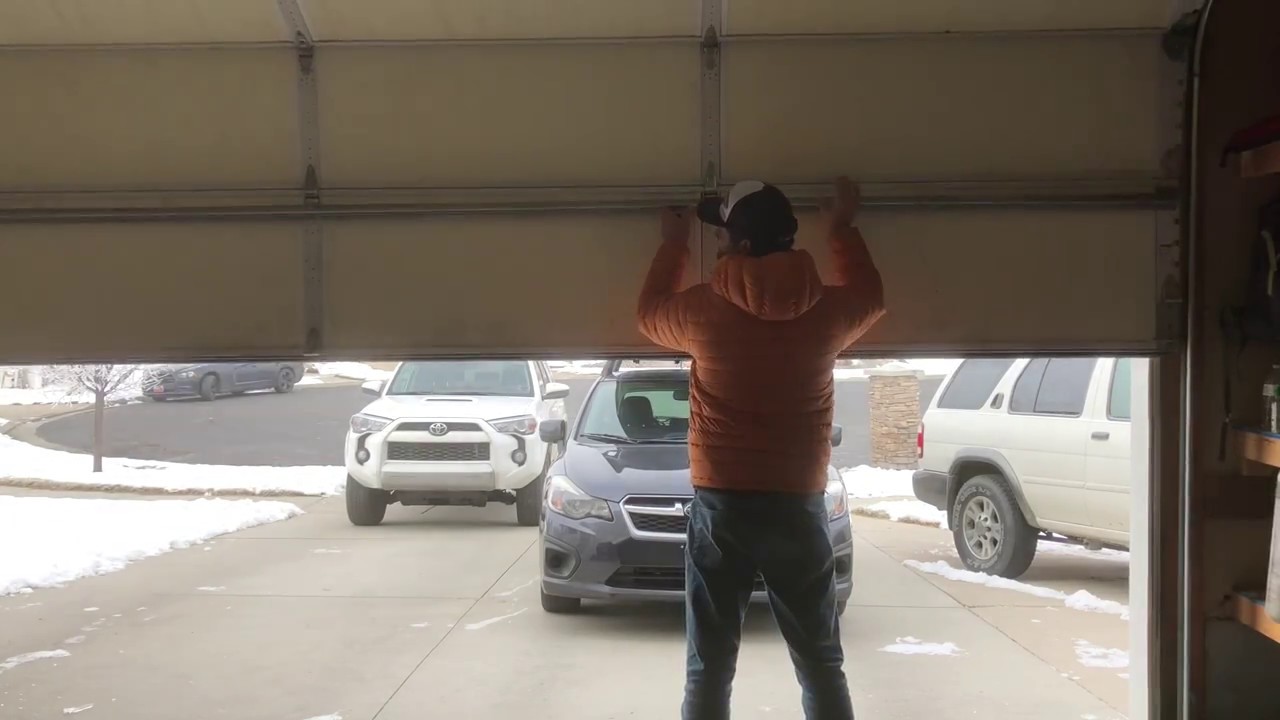
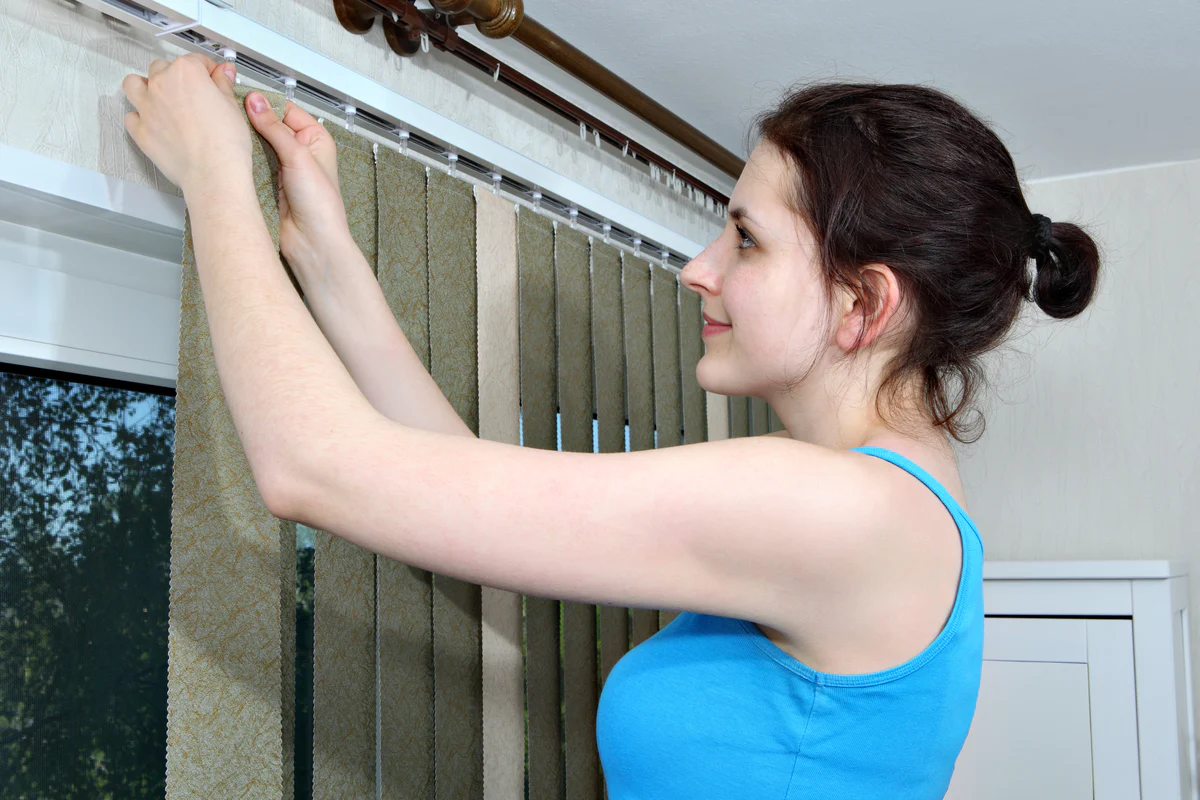

0 thoughts on “How To Adjust Spring Tension On Garage Door”